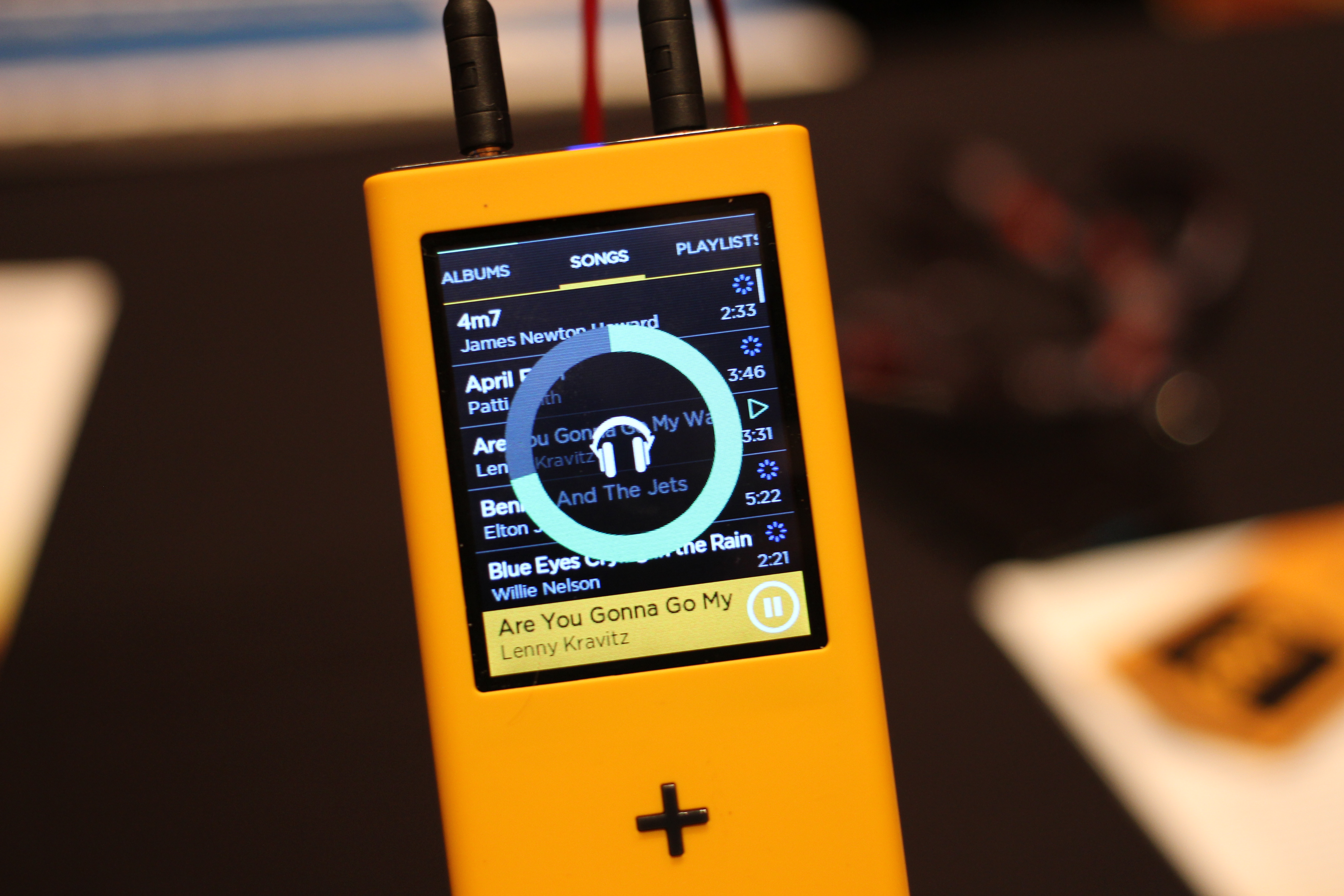
In an era where news dissemination is instantaneous and public scrutiny relentless, a moment of profound misjudgment or unfortunate timing can rapidly escalate into a significant media controversy. Such was the case recently when TMZ, a prominent entertainment news outlet known for its live reporting, found itself at the center of a firestorm following an incident during its coverage of the tragic assassination of conservative political activist Charlie Kirk. The episode, characterized by what was widely perceived as ‘tone deaf laughter’ heard on a livestream, quickly ignited widespread outrage and prompted an immediate, albeit challenging, defense from the network’s leadership.
The incident not only cast a shadow over TMZ’s live broadcast but also amplified broader discussions about media sensitivity, real-time reporting protocols, and the often-unpredictable dynamics of a live news environment. As the public reacted with a mix of shock, anger, and disbelief, the network was compelled to issue a series of apologies and explanations, striving to clarify the circumstances that led to the audible sounds of cheering and clapping at a moment of solemn announcement. This article delves into the specifics of the incident, TMZ’s rapid response, the explanations offered by its key figures, and the immediate wave of public and political condemnation that followed.
This examination provides a comprehensive look at how a seemingly unrelated background event could trigger such a profound crisis in public perception, forcing a major media entity to confront accusations of insensitivity and disrespect during its coverage of a national tragedy. It dissects the layers of the controversy, from the initial shock of viewers to the detailed defenses mounted by TMZ’s leadership, setting the stage for understanding the broader implications for news reporting in the digital age.

1. **The ‘Tone Deaf Laughter’ Incident During Live Coverage**The genesis of the controversy unfolded during TMZ’s live streaming coverage on Wednesday, September 10, when the news outlet was reporting on the assassination of Charlie Kirk. As the gravity of Kirk’s death was being conveyed, audible sounds of cheering, clapping, and laughter emanated from the background of the live broadcast. This jarring juxtaposition of solemn news and apparent revelry immediately struck viewers as deeply inappropriate and insensitive, creating a palpable sense of shock and disgust among the audience.
The timing of these sounds was particularly critical, occurring, as some X users noted, “just 30 seconds before announcing Charlie Kirk’s death.” This proximity led many to directly associate the background noise with the tragic news being reported, fostering a perception that TMZ staffers were celebrating a prominent conservative’s demise. The public reaction was swift and overwhelmingly negative, setting off a cascade of criticism across social media platforms.
Indeed, the perception of insensitivity was further exacerbated by the nature of the sounds themselves—not just a murmur, but distinct expressions of mirth and applause. For many viewers, this was an unforgivable breach of journalistic decorum and human empathy, especially given the tragic and violent nature of the event being discussed. The incident quickly became a focal point of online discourse, dominating conversations and demanding an immediate response from the entertainment news giant.
2. **TMZ’s Swift Apology and Initial Explanation**Recognizing the immediate and severe backlash, TMZ moved quickly to address the burgeoning controversy. Within hours of the incident, the news site posted an explanation both in written form online and through a video, aiming to clarify the situation and mitigate the “unintended outrage” it had generated. The speed of their response underscored the urgency with which the network felt it needed to manage the escalating public relations crisis.
In its initial online statement issued on Thursday, September 11, TMZ explicitly apologized, stating, “We apologize to anyone who heard that as we were in the middle of covering such a tragic story.” The outlet characterized its employees’ actions as “totally out of line,” acknowledging the inappropriateness of the sounds, regardless of their actual cause. This early acknowledgment of the perceived misstep was crucial in signaling to the public that TMZ understood the gravity of the offense.
The core of their initial explanation revolved around separating the background noise from the news being reported. TMZ contended that the laughter and applause were not related to Charlie Kirk’s assassination but rather stemmed from another event unfolding simultaneously within the building. This immediate distinction formed the foundation of their subsequent, more detailed defenses, attempting to reframe the incident as a case of unfortunate coincidence rather than malicious intent.
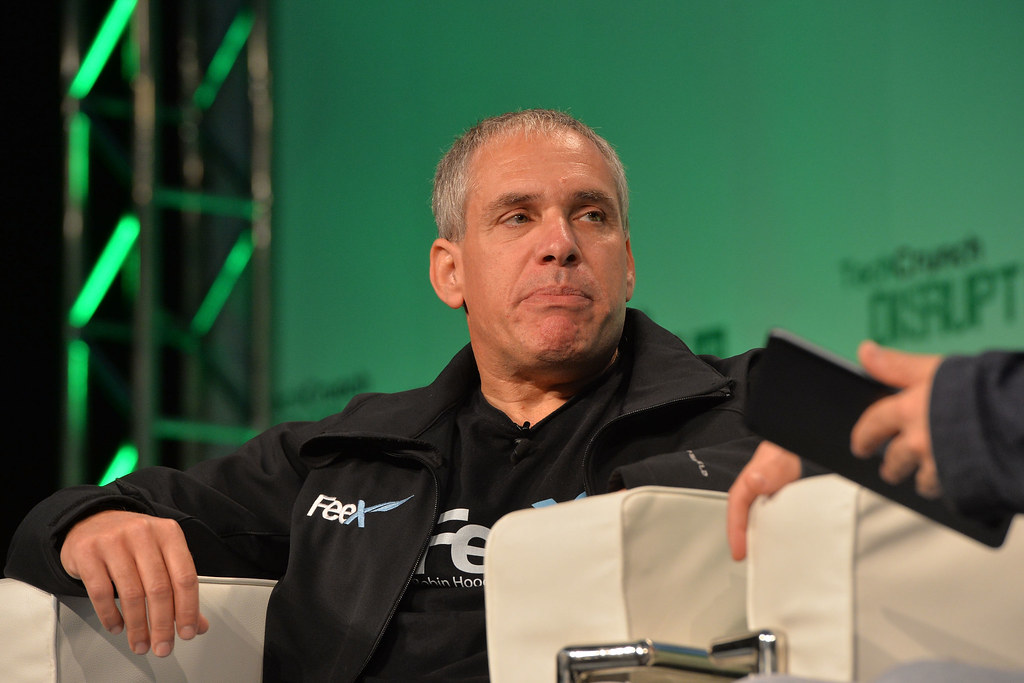
3. **Harvey Levin’s Earnest Clarification and Defense**Adding a personal and direct layer to TMZ’s apology, founder Harvey Levin appeared alongside executive producer Charles Latibeaudiere in a video explanation. Levin’s demeanor was described as “crestfallen,” conveying a deep sense of regret and concern over the public’s misinterpretation of the events. His direct address to the audience was an attempt to humanize the apology and firmly articulate the company’s position, directly countering the accusations of insensitivity.
Levin meticulously explained the source of the sounds: “As we were reporting the assassination of Charlie Kirk, there were some people in the back room — away from our news desk here — who were watching a car chase, and they were laughing. They were clapping. And you could hear it out here,” he stated. This detailed account aimed to provide a concrete, alternative explanation for the background noise, grounding it in a separate, non-malicious activity occurring elsewhere in the building.
Furthermore, Levin took a strong stance to defend his employees’ character and the integrity of TMZ’s newsroom. He affirmed, “I know these people — and they were not laughing, they were not reacting that way about Charlie Kirk’s assassination. They were not.” He then underscored this point with an emphatic declaration: “And they would not work here if they did,” thereby asserting that such a reaction would be antithetical to the values and employment standards of TMZ. His unequivocal defense sought to dispel any notion of celebratory malice, painting the incident as a regrettable accident.

4. **Charles Latibeaudiere’s Acknowledgment of ‘Horrible Timing’**Supporting Harvey Levin’s explanation, executive producer Charles Latibeaudiere also chimed in during the apology video, focusing his remarks on the unfortunate confluence of events. Latibeaudiere’s contribution served to reinforce the message of regret and acknowledge the undeniable impact of the timing, even if the intent was benign. His words provided a crucial official acknowledgment from another senior figure within the organization.
Latibeaudiere directly addressed the critical factor of timing, stating, “We acknowledge that it was horrible timing.” This phrase became a cornerstone of TMZ’s narrative, accepting that the incident, regardless of its underlying cause, was perceived negatively due to its ill-timed occurrence during a somber news report. The acknowledgment of “horrible timing” resonated with many, as it captured the essence of what made the situation so egregious to viewers.
He further expressed sincere regret on behalf of the organization: “And for that, we are sorry,” Latibeaudiere said wholeheartedly. This direct apology, coupled with Levin’s impassioned defense, aimed to present a unified front of contrition and clarification. He sought to reassure the audience that the laughter was genuinely unrelated to the assassination, emphasizing, “We assure you, [the laughter] was not about that,” in a clear effort to rebuild trust and quell further speculation.
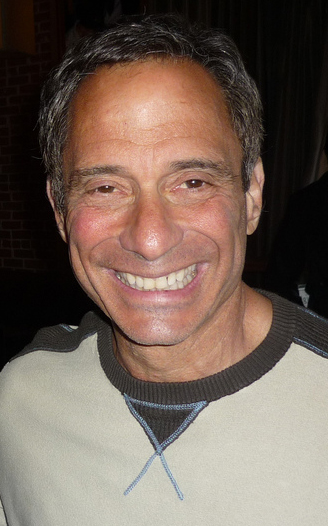
5. **The Alleged Cause: A Distant Car Chase**Central to TMZ’s defense and apology was the consistent explanation that the “tone deaf laughter” originated from employees watching a car chase in a different section of the building. This detail was repeatedly emphasized in both the written statements and the video apology, serving as the primary factual basis for their claim that the sounds were unrelated to Charlie Kirk’s death. The outlet provided this specific scenario to offer a plausible, non-malicious alternative for the audible reactions.
According to TMZ’s account, “The people watching that car chase began laughing and clapping in reaction to what they were seeing.” This narrative positions the employees’ reactions as a natural response to the excitement or absurdity of a car chase, an event often covered by entertainment news outlets. By attributing the sounds to this specific activity, TMZ aimed to shift the focus away from any perceived disrespect towards Kirk or the tragedy of his assassination.
“But we want to make it clear … they were not cheering in response to the assassination,” the outlet stressed, reiterating the crucial distinction between the two events. Despite this clarification, TMZ also acknowledged that “watching a car chase at that moment was tone deaf, and the sounds of laughter at that crucial moment were totally out of line.” This admission showcased an understanding that even a genuinely unrelated event could still create a damaging impression due to context and timing, regardless of underlying intent.
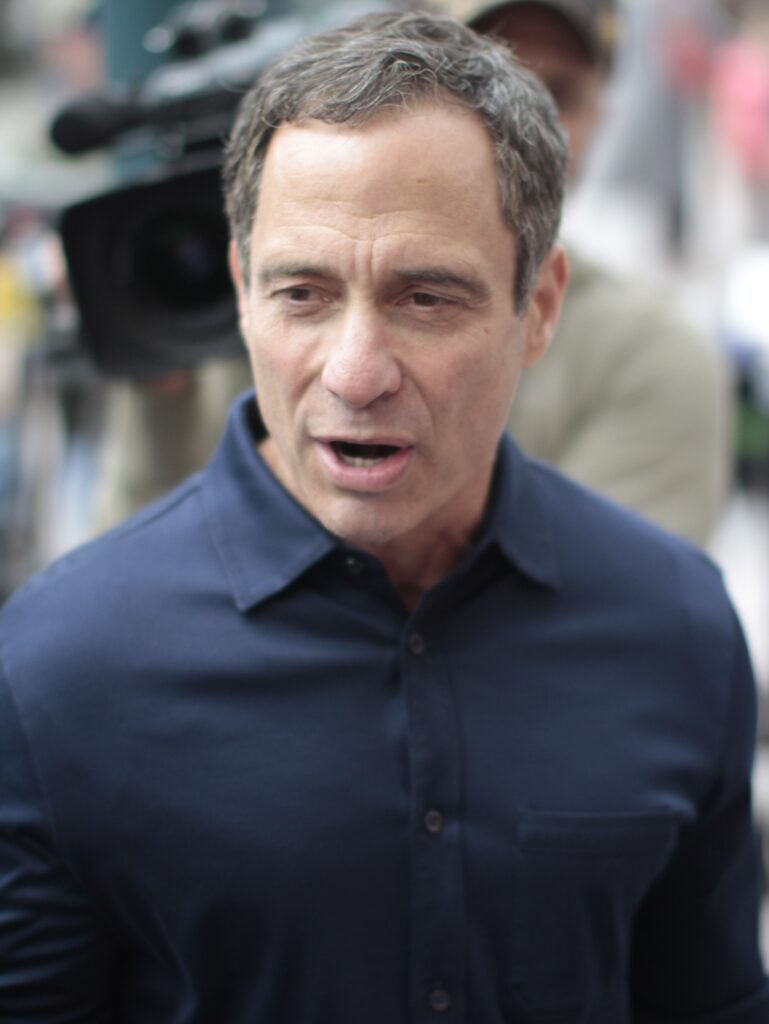
6. **Immediate Public Outcry on Social Media**The immediate aftermath of the livestream incident saw an explosion of public outrage, predominantly voiced on social media platforms, particularly X. Viewers who witnessed the live broadcast or clips of the incident expressed profound disgust and anger, perceiving the background laughter as a disrespectful and callous reaction to a national tragedy. The incident quickly became a trending topic, reflecting the widespread shock and condemnation.
Many X users articulated their revulsion with strong language, with one writing, “During today’s TMZ livestream, employees were heard cheering, clapping and celebrating just 30 seconds before announcing Charlie Kirk’s death.” This direct accusation highlighted the perception of celebratory behavior directed at the assassination itself, fueling the outrage. Another user lamented, “They laughed and applauded the cold-blooded murder of a husband and father on a public broadcast, like it was some kind of sick joke, before handing it off to Harvey Levin.” These sentiments captured the moral indignation felt by a significant portion of the online audience.
Critics were not just upset by the alleged content of the laughter but also by the perceived lack of professionalism and empathy from a news organization covering a death. The incident was widely viewed as a severe lapse in judgment, undermining TMZ’s credibility in handling serious news. The public outcry demonstrated the intense scrutiny that media outlets face in real-time reporting, especially when sensitive and tragic events are involved, and how quickly perceived missteps can erode trust.
Read more about: The Dark Underbelly of Stardom: 14 Celebrities We Worshiped Who Are Now Tarnished

7. **Condemnation from Conservative Figures**The incident drew particularly sharp condemnation from conservative circles, given Charlie Kirk’s prominence as a right-wing activist. Laura Loomer, a staunch MAGA supporter and conservative internet personality, was among the most vocal critics, utilizing her platform on X to lambaste TMZ’s actions. Her pronouncements underscored the political dimension of the outrage, transforming the media gaffe into a point of ideological contention.
Loomer shared a clip of the TMZ livestream, accusing the outlet of a “disgusting” stunt. She explicitly claimed that employees were “cheering 30 seconds before” Kirk’s death was announced and were “happy to hear the news of Charlie Kirk’s death and can be heard clapping and cheering before passing the news to Harvey Levin, who was hosting the stream.” These accusations went beyond mere “tone deafness,” implying deliberate celebration of a political opponent’s death.
She further intensified her criticism by directly challenging Harvey Levin, stating, “@HarveyLevinTMZ needs to condemn this,” and ominously adding, “I have clipped the livestream before they try to delete it.” Loomer’s strong words, coupled with her reminder that Charlie Kirk was “a husband and a father” and “murdered in cold blood,” framed TMZ’s actions as not only unprofessional but morally reprehensible. This conservative backlash demonstrated the severe reputational damage TMZ incurred within a specific segment of the political landscape.
Having examined the specifics of TMZ’s controversial broadcast and its immediate fallout, the narrative now shifts to the tragic event that served as its backdrop: the assassination of Charlie Kirk. Understanding the profound gravity of this incident, its investigative complexities, and the polarized public sentiment it ignited is crucial for a comprehensive appreciation of the media ethics debate that ensued. The following sections delve into the details of Kirk’s death, his significant political legacy, the ongoing efforts to bring his assailant to justice, and the broader societal reactions that reflect deeply entrenched divisions.
Read more about: Tom Shipley: The Enduring Legacy of a Folk-Rock Pioneer Whose ‘Ode to Weed’ Defined an Era
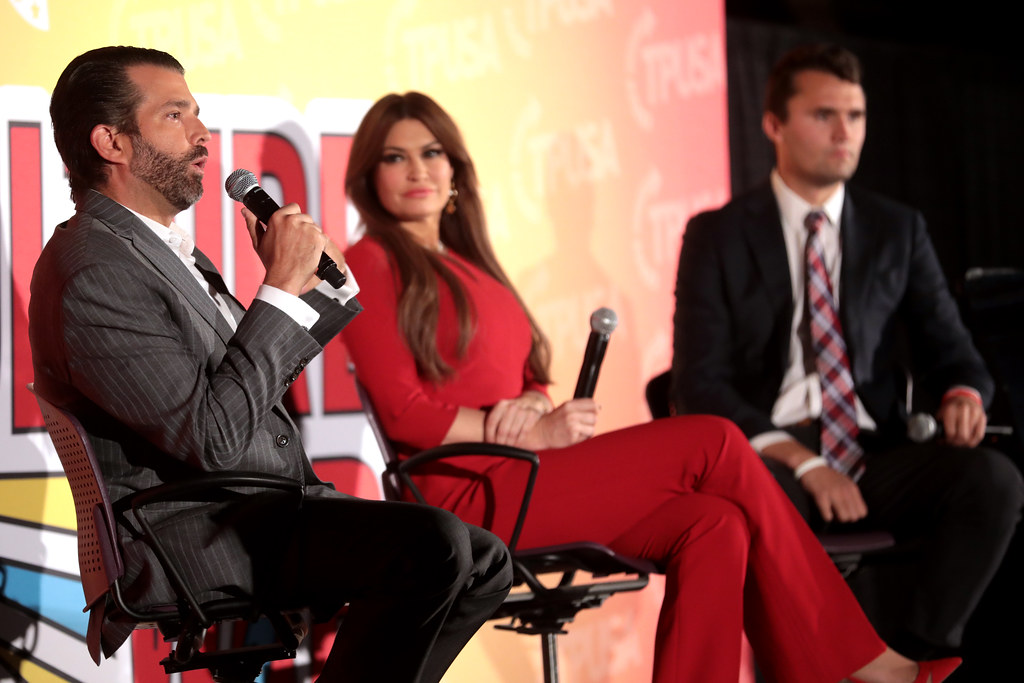
8. **The Tragic Assassination of Charlie Kirk: Details and Immediate Aftermath**The tragic event unfolded on Wednesday, September 10, when Charlie Kirk, a prominent conservative activist, was fatally shot while speaking at an event at Utah Valley University. The incident, occurring during a stop on his “American Comeback Tour,” plunged the campus into immediate chaos and garnered national attention as news of the assassination spread rapidly.
Moments before the fatal shot, Kirk had been engaging with the audience, answering a question pertaining to transgender shooters. As he responded to a subsequent inquiry about gun violence in America, a single bullet struck him in the neck. Witnesses described a scene of immediate horror, noting blood spewing as Kirk tipped back in his chair, signaling the profound severity of the attack.
The shot, according to officials, was fired from a distance of approximately 200 feet, originating from the top of the Losee Center. Following the gunshot, an immediate wave of panic swept through the gathering, causing masses to flee the scene in disarray. The sudden and violent nature of the attack transformed what was intended as a political rally into a site of profound tragedy and fear.

9. **Charlie Kirk’s Profile: A Conservative Influencer’s Legacy**Charlie Kirk, at 31 years old, had established himself as a significant figure in conservative American politics. He was the co-founder of Turning Point USA, an organization he helped establish in 2012, which focuses on promoting conservative principles among young people, particularly on university campuses across the nation.
Kirk’s influence had grown steadily, positioning him as a rising star within the MAGA movement and a key political ally of former President Donald Trump. His ability to connect with and mobilize young conservatives was widely recognized, making his sudden death a profound loss for his political movement.
Beyond his public persona, Kirk was a husband and a father, survived by his wife, Erika Kirk (née Frantzve), their three-year-old daughter, and a 16-month-old son. This personal dimension of his life underscored the human tragedy of his assassination, an aspect highlighted by President Trump, who offered a poignant tribute. The former president, confirming Kirk’s death hours later, wrote on Truth Social, “The Great, and even Legendary, Charlie Kirk, is dead. No one understood or had the Heart of the Youth in the United States of America better than Charlie,” leading numerous tributes after his fatal shooting.

10. **The Ongoing Manhunt and Investigative Developments**In the immediate aftermath of the assassination, authorities launched an intensive manhunt for the suspected shooter. As of the morning of September 11, the search was ongoing, though investigators had made some progress, including the recovery of a high-powered rifle believed to have been used in the fatal shooting. This firearm was found in nearby woods, providing a crucial piece of evidence in the unfolding investigation.
Early efforts to identify and apprehend suspects led to initial detentions. George Zinn, 71, was arrested shortly after the shooting on charges of obstruction of justice, though investigators ultimately ruled him out as the assassin. Subsequently, another unnamed individual was detained and subjected to interrogation by law enforcement. However, this person was also later released.
FBI Director Kash Patel provided an update on Wednesday night, confirming that “There is currently no one in custody for the shooting,” while emphasizing that the investigation was actively continuing. He further stated that “The subject in custody has been released after an interrogation by law enforcement. Our investigation continues and we will continue to release information in interest of transparency.” Authorities continued to analyze video footage, which had provided additional details about a reported suspect, as the shooter remained at large, creating a climate of unease and a pressing need for justice. Chilling video footage from the moments leading up to Kirk’s death appeared to show an individual lying on the roof, who then fled after shots were fired, adding another layer of complexity to the ongoing pursuit.
Read more about: Cincinnati’s Viral Downtown Brawl: A Comprehensive Examination of the Court Proceedings and Surfacing Racial Tensions

11. **Security Concerns and the ‘Political Assassination’ Declaration**The event at Utah Valley University, which attracted approximately 3,000 attendees, raised significant questions regarding security protocols. Witnesses present at the rally reported a distinct lack of robust security measures, suggesting that the event may not have been adequately prepared for a gathering of such scale and political prominence.
University police acknowledged that only six officers were present at the campus event. This limited security presence, juxtaposed with the large crowd and the high-profile nature of the speaker, has prompted concerns about the effectiveness of the protective measures in place, especially in an era of heightened political tensions.
In a significant development, authorities ultimately deemed Charlie Kirk’s death a “political assassination,” a classification that underscores the gravity and potential motivations behind the attack. Investigators expressed their belief that the suspect acted alone, narrowing the scope of their inquiry but simultaneously highlighting the chilling premeditation involved in such an act of political violence.
Read more about: America’s Unfolding Story: Some Defining Moments That Forged a Global Power and Shaped a Nation

12. **The Spectrum of Online Reactions: Celebration vs. Denunciation**The tragic assassination of Charlie Kirk at Utah Valley University ignited a volatile and deeply divided response across the internet, characterized by both outright celebration and fierce denunciation of political violence. Social media platforms became arenas for extreme expressions of sentiment, reflecting the profound polarization within the American public.
While TMZ faced scrutiny over its perceived insensitivity, a segment of left-wing social media users shared content that blatantly celebrated Kirk’s death. This shocking display included posts such as one user writing, “I’m not saying Charlie Kirk deserved to be shot, but I think enablers to pedophiles should be shot, too,” which exemplified the disturbing extent of the vitriol.
Further demonstrating this casual disregard for human life, multiple TikTokers were observed reacting to the shooting with mock crying videos set to dramatic music, captioned with phrases like, “Charlie Kirk got s**t? Awwww.” These reactions, alongside the proliferation of various conspiracy theories surrounding the incident, underscored the deeply fractured nature of online discourse and the challenging environment for respectful public dialogue in the wake of such a tragedy.

13. **Democratic Voices Denouncing Political Violence**Amidst the fervent and often extreme reactions online, a notable counter-narrative emerged from leading Democratic voices who unequivocally condemned the political violence that claimed Charlie Kirk’s life. These statements underscored a bipartisan rejection of such acts, seeking to elevate principles of civility and peaceful discourse above ideological divides.
California Governor Gavin Newsom was among the prominent Democratic figures to speak out forcefully against the assassination. His declaration, “The attack on Charlie Kirk is disgusting, vile, and reprehensible. In the United States of America, we must reject political violence in EVERY form,” served as a powerful statement against the use of violence as a political tool.
These condemnations from across the political spectrum highlight a crucial, albeit sometimes overshadowed, consensus that political disagreements, however profound, should never escalate to physical violence. Such statements by figures like Governor Newsom are vital in reinforcing the democratic norms that underpin American society and in setting a moral standard against acts of extremism.
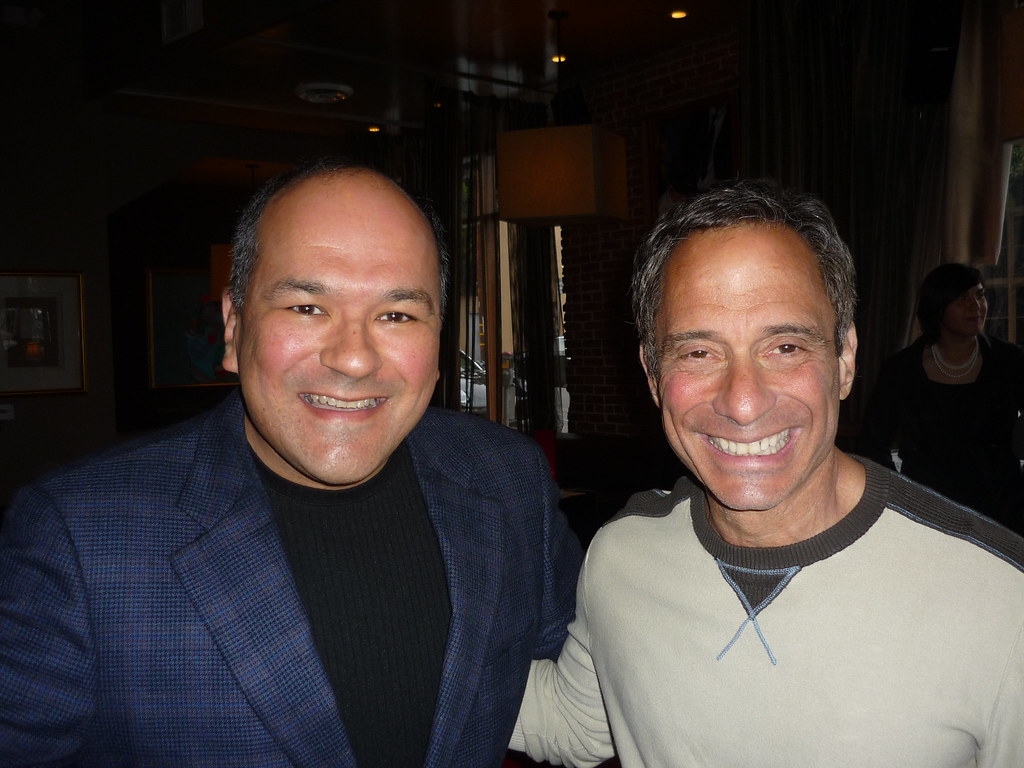
14. **The Challenge to TMZ’s Credibility and Public Trust**The incident involving TMZ’s live coverage and the subsequent ‘tone deaf laughter’ presented a significant challenge to the news outlet’s credibility and the public’s trust. Despite TMZ’s swift apology and detailed explanation, a considerable portion of the audience remained skeptical, openly questioning the veracity of the network’s narrative.
The public’s immediate and visceral negative reaction to the sounds of apparent revelry during the announcement of a national tragedy underscored the high expectations viewers place on media organizations to exhibit empathy and professionalism. When TMZ’s explanation, attributing the laughter to an unrelated car chase, was met with skepticism, it indicated a deeper erosion of trust.
This sentiment was clearly articulated by critics on social media. One X user, reacting to the apology video, wrote, “POV: You’re being lied to,” directly implying a deliberate falsehood. Another commenter challenged the network’s explanation directly, stating, “Yea the whole world is watching this assassination but your staff is focused on some random car chase that no one can find… we’re not stupid Harvey.” Such candid and widespread disbelief highlighted the difficulty in rebuilding public trust once it has been significantly undermined, regardless of the intentions behind an incident. The incident showcased the fragile nature of audience confidence in live reporting, particularly when explanations are perceived as less than fully convincing.
15. **The Enduring Impact of a Newsroom Misstep on Media Ethics**The ‘tone deaf laughter’ controversy, unfolding against the somber backdrop of Charlie Kirk’s assassination, transcends a mere public relations challenge for TMZ; it serves as a potent case study on the enduring impact of a newsroom misstep on broader media ethics. This incident vividly illustrates the heightened scrutiny that contemporary media organizations face, particularly in the age of instantaneous, unfiltered digital broadcasting.
The episode underscores the complex dynamics of live reporting, where unforeseen background events can dramatically alter public perception and overshadow the primary news narrative. It highlights the immense responsibility of media outlets to not only deliver factual information but also to manage the context and emotional tone of their broadcasts, especially during moments of national tragedy. The perceived lack of sensitivity, regardless of actual intent, can inflict severe reputational damage and fuel accusations of disrespect.
Ultimately, this incident reinforces critical lessons for journalistic practice: the imperative for rigorous real-time editorial oversight, the importance of transparent and credible communication in addressing errors, and the profound impact of perceived empathy on public trust. In a media landscape where every sound and image is meticulously dissected, the TMZ controversy stands as a stark reminder that the ethical responsibilities of news organizations extend far beyond the words spoken on screen, encompassing the entirety of the broadcast environment and the nuanced interpretations of a discerning public. Such events prompt a necessary re-evaluation of live production protocols and the perpetual challenge of balancing immediacy with appropriate gravitas.
Read more about: The Perilous Pursuit of Virality: When TikTok’s Gaze Turns to Poverty and Fuels ‘Slum Tourism’ Accusations
The saga of TMZ’s inadvertent misstep during such a somber announcement, compounded by the profound details of Charlie Kirk’s assassination and its aftermath, serves as a poignant reminder of the media’s formidable role in shaping public discourse. It powerfully illustrates how even a fleeting moment of perceived impropriety can ignite a firestorm, demanding a meticulous re-examination of ethical standards in an era defined by instant communication and relentless scrutiny. The enduring lesson is clear: in the pursuit of immediacy, the fundamental principles of respect, clarity, and sensitivity must remain paramount, for they are the cornerstones of public trust in journalism.



